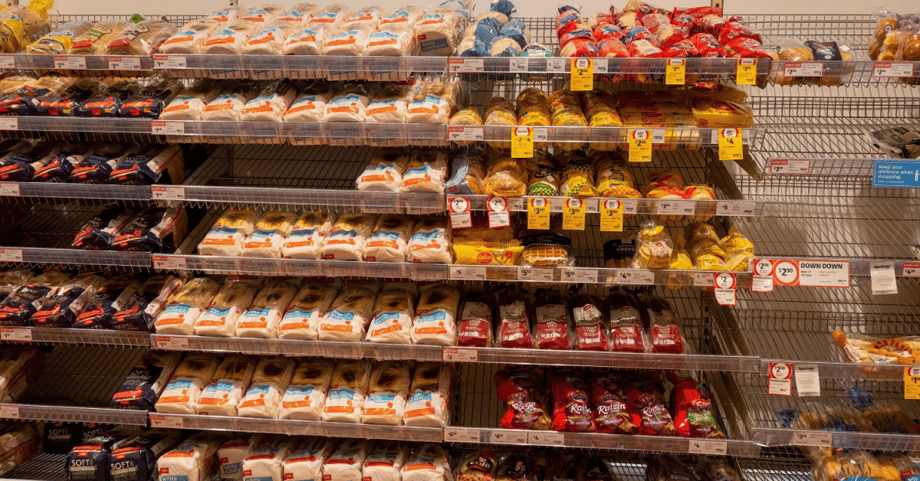
For those outside the grocery industry, direct store delivery (DSD) is a distribution model used by manufacturers/CPGs that entails delivering products directly to retail store shelves. This model is extremely conducive for perishable food categories.
During your typical grocery shopping, you may notice that store employees these days do relatively little replenishment in the aisles. For many brand-name goods, those tasks are now the responsibility of the respective delivery person from the manufacturer or CPG, who wheels pallets off their delivery truck and directly restocks those items themselves within the designated shelf space negotiated between the company and the store.
That frontline driver or agent spends most of their workday making stops at multiple stores along their regular delivery route. With limited space on the truck, and variable demand patterns affecting different stores, CPGs must optimize their delivery systems, assuring every retail outlet consistently maintains right-sized quantities—or what we term optimal stock position—across every SKU, particularly for perishable foods.
One prime example of a DSD category is bread and other baked goods. As a perishable food, the bread market is uniquely shaped around three challenges:
- Fresh bread has a relatively shorter shelf life. Major bread companies have typically conceded an intrinsic (or dare we say it, baked-in?) return rate of 6-7% of their product as it passes its sell-by dates on store shelves. With the razor-thin margins of grocery products, waste reduction—shrinking that spoilage rate however possible—has become an important KPI in this space.
- In this age of instant gratification, where new product categories rapidly redefine the marketplace, bread consumers in particular tend to be quite discerning. Those who aren’t fiercely brand-loyal may still be motivated around health-driven options—whole wheat, organic, non-GMO and so forth. When their preferred choices become chronically understocked at one grocer, they’ll eventually seek them out among competitors. Grocery retailers rely upon the efficiency of DSD CPGs to retain both customers and revenue.
- Demand patterns for baked goods are hyperlocal, influenced in large part by consumer demographics and store attributes. Other key variables—seasonality, holidays, events, price changes, product transitions, and new product introductions—make it even harder to predict true, unconstrained consumer demand.
With so many variables in play, where can advanced AI/ML data science factor into a predictive ordering tool—leveraging a wealth of data sets to optimize on-shelf availability across every retail outlet, while minimizing waste? An ideal solution would encompass five key points:
- Generate an unconstrained statistical forecast at a day/store granular level, augmenting statistical baselines with emerging demand variables that AI can track in real time—such as seasonality (in the case of bread, demand for sandwiches during back-to-school), retailer promotion schedules, even localized weather conditions.
- Automatically convert those forecasts into optimal/suggested order quantities, leveraging business rules and inherent DSD constraints such as tray rounding, service days, and material availability.
- Perform exception-based reviews, spanning various dimensions such as customer and route, as well as incentivizing drivers’ performance for speed and efficiency.
- Include capabilities to make late adjustments on-the-fly, based on perpetual inventory recommendations and in the field last-minute insights.
- Drive business performance by measuring KPIs throughout the lifecycle of the product. Facilitate rapid corrective actions around business decisions or model tuning.
This data can be directly accessed by delivery drivers and other frontline personnel via a tablet-based user interface, an essential tool for every driver as they efficiently service every stop along their daily delivery routes.
Over the past few years, we’ve witnessed the continuing evolution of grocery DSD firsthand, as antuit.ai customers already account for an overwhelming majority of the retail bread market in North America, spanning iconic brands as well as popular niche products. The innovation of AI-powered predictive ordering that has already helped redefine the baked goods space can also be successfully applied across multiple other consumer goods categories as well. Contact us to learn more.

